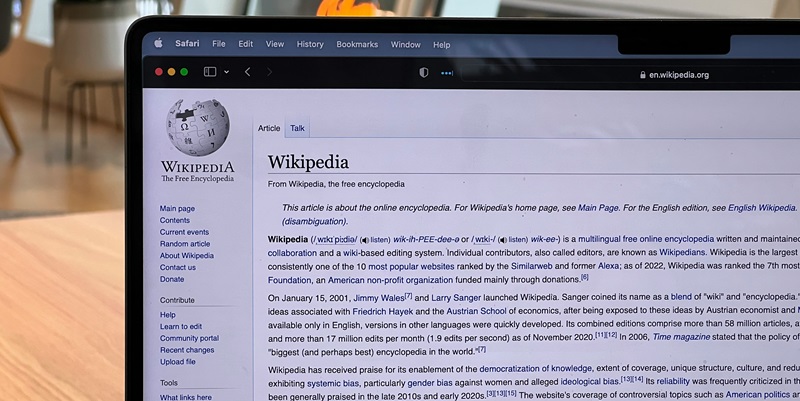Wikipedia, one of the most widely read websites globally, has successfully integrated artificial intelligence (AI) to maintain the accuracy, organization, and credibility of its vast repository of content. With over 6.6 million articles in English and 59 million articles worldwide, Wikipedia leverages cutting-edge AI technologies to complement the tireless efforts of human editors. A significant AI tool employed by the platform is the Objective Revision Evaluation Service (ORES), introduced in 2015. ORES is a machine-learning algorithm designed to swiftly detect and prevent harmful edits, analyzing more than 100,000 daily changes to assess the likelihood of each edit being beneficial or damaging. Though not infallible, ORES has significantly reduced the burden on human editors, allowing them to focus on more complex editorial tasks and subsequently boosting the platform’s reliability.
Detecting Harmful Edits and Improving Content Quality
In addition to identifying harmful edits, AI plays a pivotal role in assisting human editors to enhance article quality. Machine learning algorithms are adept at pinpointing sections of articles that need expansion, and they suggest valuable sources for citations to ensure the information remains credible. This automated flagging system is particularly helpful for identifying articles that lack citations or require additional content, thereby effectively prioritizing the tasks for human editors. By doing so, AI-driven tools help in conserving the effort of human editors and channeling it towards more pressing editorial needs, which contributes to consistently high-quality content across the platform.
Moreover, Wikipedia employs AI-driven bots specifically for creating articles that involve structured data. One notable example is Lsjbot, which has generated over 2.7 million entries on the Swedish Wikipedia. Lsjbot focuses on topics such as species, geographical locations, and historical events where data accuracy can be cross-referenced with structured databases. This approach ensures that even with minimal human intervention, the generated content maintains a high degree of reliability, further enriching the resourcefulness and comprehensiveness of Wikipedia.
AI and Human Editors: A Symbiotic Relationship
The relationship between AI and human editors on Wikipedia is marked by a synergistic blend of machine efficiency and human discernment. AI handles repetitive tasks like scanning for vandalism or generating articles from structured data, while human editors contribute critical thinking and nuanced judgments that machines can’t yet replicate. This hybrid method leverages the strengths of both AI and humans, allowing Wikipedia to maintain high-quality and trustworthy content.
AI tools handle tasks requiring speed and precision, while human editors refine, contextualize, and add deeper insights. This balanced approach ensures Wikipedia remains a reliable, well-organized, and continuously updated platform. The cooperation between AI and human editors is crucial to the platform’s success, ensuring that the information remains accurate and expansive.
Wikipedia’s strategic use of AI significantly enhances the platform’s integrity and efficiency. The integration of AI and human expertise keeps Wikipedia a credible and comprehensive resource. By combining algorithmic accuracy with human insight, this effective partnership ensures Wikipedia is always updated and trustworthy, reinforcing its reputation as a reliable information hub.

